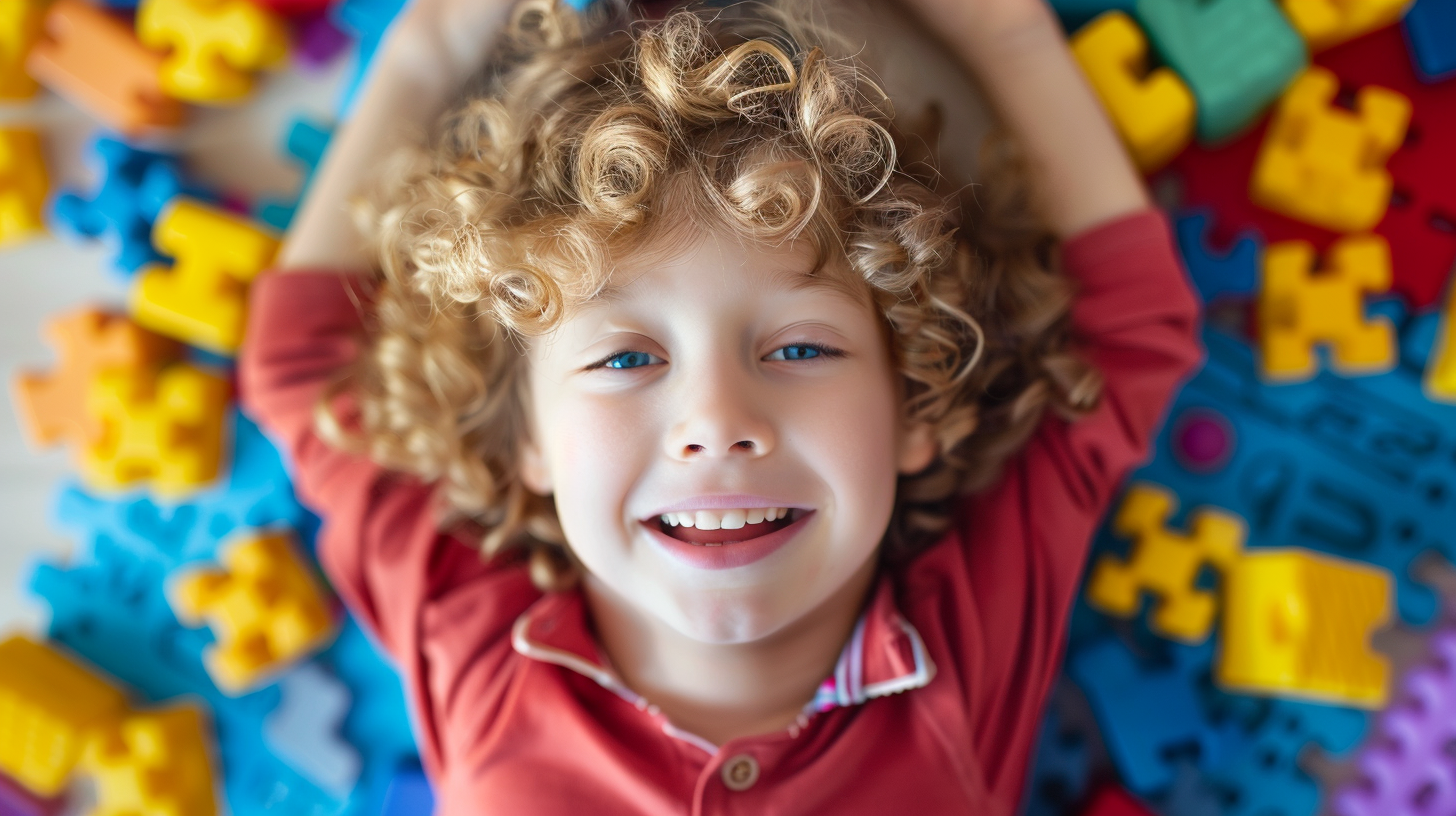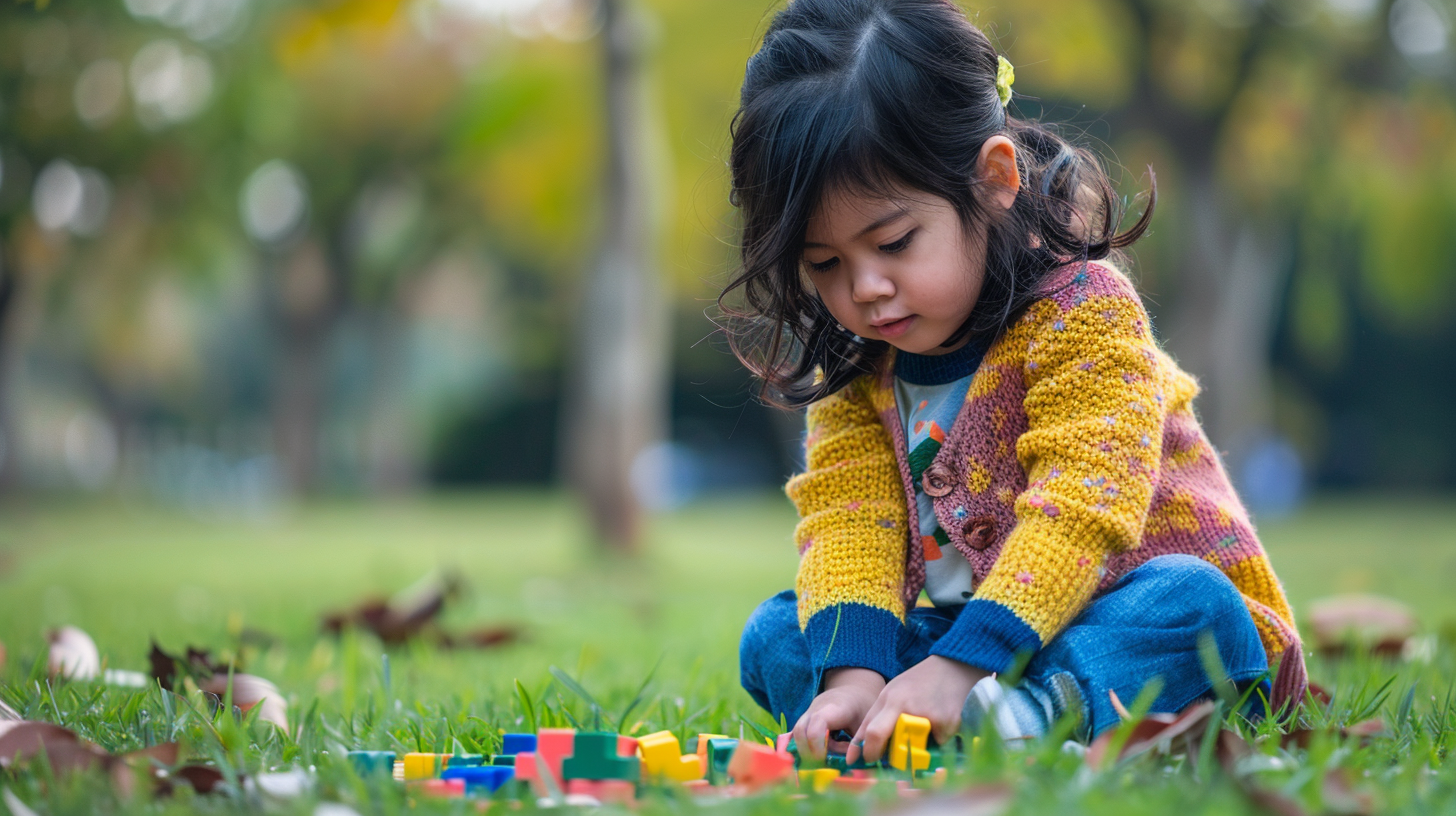- Calming Activities: Calming activities play a vital role in helping autistic children manage stress and sensory overload. Incorporate deep breathing exercises and mindfulness practices into their routine to promote relaxation and focus. By creating a peaceful environment with soothing activities, you can reduce anxiety and enhance emotional regulation.
- Educational Activities: Stimulating educational activities are excellent for cognitive development. Interactive games, puzzles, and educational apps not only boost cognitive skills but also encourage learning through play. These activities improve memory, problem-solving abilities, and critical thinking, fostering independence and confidence in acquiring new skills.
- Social Activities: Developing social skills is crucial for autistic children’s growth. Engage them in structured social activities like turn-taking games, group interactions, and role-playing scenarios to enhance communication and social interaction. These activities provide a safe space for practicing social skills and building teamwork.
- Sensory Activities: Sensory play is fundamental for processing and integrating sensory information. Activities like sensory bins, playdough, and water play engage various senses, promoting sensory integration and fine motor skills. These activities provide a therapeutic and enjoyable way for autistic children to respond to environmental stimuli.
- Creative Activities: Creative outlets such as drawing, painting, and crafting enable children to express themselves and develop fine motor skills. Encourage free expression through art projects, crafting, and musical activities to stimulate creativity and imagination. These activities offer a platform for self-expression and skill development.
Through a well-rounded routine that includes these diverse activities, you can nurture essential life skills in autistic children, encouraging independence and growth. By tailoring activities to their unique needs and interests, you create a supportive environment that fosters their development and enriches their daily lives. Let’s embark on this journey of exploration and empowerment together!
Calming Activities
Calming activities are crucial for helping autistic children manage stressful situations such as anxiety and sensory overload. These activities promote relaxation and emotional regulation. Some calming activities include:
- Deep breathing exercises
- Mindfulness activities
- Quiet time in a designated calming space
Regular practice of calming activities can reduce anxiety levels and enhance emotional well-being.
Educational Activities
Engaging autistic children in educational activities can significantly benefit their cognitive development. Some educational activities to consider include:
- Interactive games
- Puzzles
- Educational apps
These activities enhance memory, problem-solving skills, and promote independent learning.
Social Activities
Developing social skills is essential for autistic children and can positively impact their growth and self-esteem. Social activities to consider include:
- Turn-taking games
- Group activities
- Role-playing
Structured social activities provide opportunities for communication and interaction with peers.
Sensory Activities
Sensory activities play a crucial role in helping autistic children process and integrate sensory information. Effective sensory activities include:
- Sensory bins
- Playdough and slime play
- Water play
Engaging in sensory activities promotes sensory integration and enhances fine motor skills.
Creative Activities
Creative activities like drawing, painting, and crafting allow autistic children to express themselves and develop fine motor skills. Consider the following creative activities:
- Art projects
- Crafting
- Music and dance
Creative activities stimulate imagination and provide a means for self-expression.
Establishing a Routine for Daily Activities
Establishing consistent routines that incorporate a variety of activities is crucial for supporting the overall growth of autistic children. A balanced mix of educational, calming, social, sensory, and creative activities helps in their development and well-being.
Keeping regular daily routines helps children anticipate what to expect, enhancing cooperation and participation in activities.
FAQs
Q: What are the best daily activities for an autistic child?
A: The best activities include a mix of educational, calming, social, sensory, and creative activities tailored to the child’s interests and needs.
Q: What should be the daily routine for an autistic child?
A: A structured routine with a balance of activities, breaks, and relaxation time works best for their learning.
Q: What are the best games for autistic children?
A: Games promoting turn-taking, social skills, and cognitive skills are highly beneficial for their development.
Q: What are everyday tasks for autism?
A: Everyday tasks include activities of daily living, structured play, and educational activities to support their growth and independence.

| Key Points | Details |
|---|---|
| Calming activities | Include deep breathing exercises and mindfulness practices to help manage stress and anxiety. |
| Educational activities | Interactive games, puzzles, and educational apps can enhance cognitive development through play. |
| Social activities | Structured activities like turn-taking games and role-playing can improve communication and social skills. |
| Sensory activities | Engaging in sensory bins, playdough, and water play can help with sensory integration and processing. |
| Creative activities | Art projects, crafting, and music/dance allow self-expression and development of fine motor skills. |
| Establishing a routine | Mix a variety of activities daily to support growth and development, helping autistic children know what to expect. |



